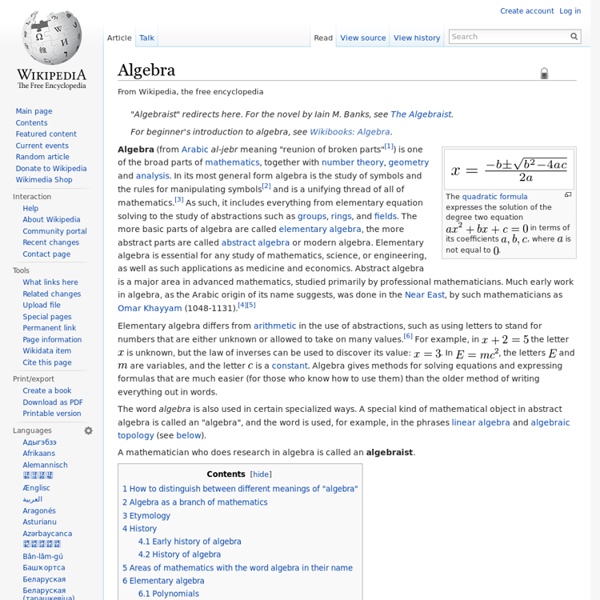Zoom
Trash
Related:



Algebra Calculator - MathPapa Algebra Calculator is a calculator that gives step-by-step help on algebra problems. Disclaimer: This calculator is not perfect. Please use at your own risk, and please alert us if something isn't working. Thank you. Type your algebra problem into the text box. For example, enter 3x+2=14 into the text box to get a step-by-step explanation of how to solve 3x+2=14. More Examples Trying the examples on the Examples page is the quickest way to learn how to use the calculator. Math Symbols If you would like to create your own math expressions, here are some symbols that the calculator understands: + (Addition) - (Subtraction) * (Multiplication) / (Division) ^ (Exponent: "raised to the power") sqrt (Square Root) (Example: sqrt(9)) More Math Symbols Tutorial Read the full tutorial to learn how to graph equations and check your algebra homework. Mobile App Get the MathPapa mobile app! Feedback (For students 13+) Need more practice problems?
untitled untitled The Writing Notebook Checklist for character development.Created by myself, compiled from questions gleaned from several sources, and some of my own additions.It should be noted, that not every character will check every one of these things off. It is not REQUIRED to have all this information, but this checklist is, rather, a guideline for helping you think of your character as an entire, three dimentional being with thoughts, feelings, possessions, contradictions and background.A character is 20% revealed to the reader, 80% writer/author/Mun knowledge. What the Reader sees is just the tip of the iceburg, but without the other 80% the character can’t help but come off feeling shallow. I think this is the most beautiful thing I have ever seen.
55 Types of Poetry Forms This article contains the many different poem types. These include all known (at least to my research) forms that poems may take. If you wish to read more about poetry, these articles might interest you: poetry technique and poetry definition. A poem that has five lines and creates a mood, picture, or feeling. Lines 1 through 4 are made up of words, phrases or clauses while the first word of each line is in alphabetical order. Acrostic Poetry that certain letters, usually the first in each line form a word or message when read in a sequence. Article continues below... Ballad A poem that tells a story similar to a folk tale or legend which often has a repeated refrain. Ballade Poetry which has three stanzas of seven, eight or ten lines and a shorter final stanza of four or five. Blank verse A poem written in unrhymed iambic pentameter and is often unobtrusive. Bio A poem written about one self's life, personality traits, and ambitions. Burlesque Poetry that treats a serious subject as humor. Lay
Poem Types: A List of Poetry Forms | Poetry Styles | Poetry Types One thing I really appreciate about poetry is that there are a vast array of poetry styles and poetry forms available to poets. While some are traditional rhyming poems (such as sonnets or limericks), there are also many other poem types, including free verse poems, sestinas, and the shadorma. Before this blog moved to its new WordPress platform, I had a post that collected all the poem types explained on Poetic Asides. Connect with me on Twitter and Facebook. Publish Your Poetry… …with the assistance of the Publish Your Poetry bundle. Click to continue. You might also like: No Related Posts About Robert Lee Brewer Senior Content Editor, Writer's Digest Community.
Goodreads | Recent Updates